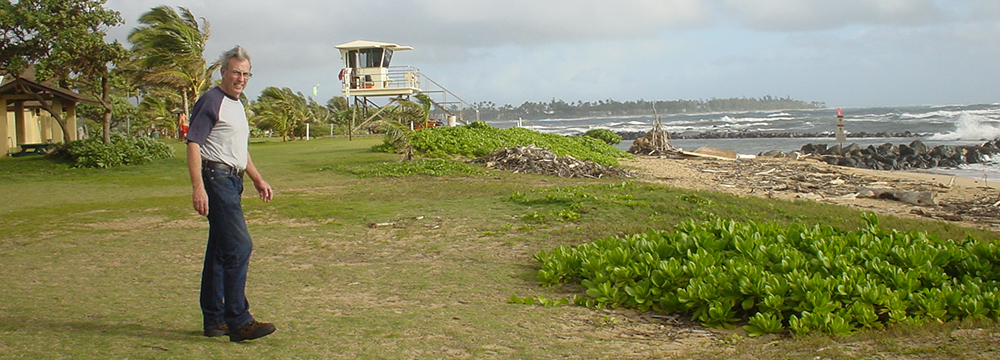Luke 19:28–40
Find a quiet place, alone and apart from distractions. Be comfortably alert, still, and at peace. Say the Lord’s Prayer. Sing or cant the Jesus Prayer. Pray for family, friends, neighbors, and yourself. Slowly and carefully read the passage of Scripture.
1. The final week, often referred to as The Passion Week, of Jesus’ ministry begins with His entry into Jerusalem. He comes in on a young donkey, a colt, that had never been ridden. Many think Jesus had arranged for the colt to be available via his friends who lived in Bethany, Mary, Martha, and Lazarus, just 2 miles from Jerusalem.
2. Two of Jesus’ disciples, no names are provided in any of the Gospel accounts, throw their ‘cloaks’ or outer garments, on the back of the colt, then put Jesus on the animal.
3. Descending from the Mt. of Olives (Olivet) heading for Jerusalem not more than 2 miles distant, a whole multitude (meaning lots) accompany Him into the city rejoicing with shouts of praise. Their words state that these disciples understand that Jesus is the King or the Lord’s Messiah.
4. Among the crowd are some Pharisees who shout out to Jesus that He must “rebuke” His disciples (students). In response, Jesus says that if these follower of His would not do so “the very stones would cry out.”
5. As this large group nears Jerusalem, as the city came into view, Jesus began to weep, and amidst the weeping He is heard to express sorrow for what would come to the city since it would experience utter devastation, to the effect that the destroyers “will not leave on stone upon another.”
6. This “word of knowledge” came to Jesus,
and it would be fulfilled forty years later (or one generation) away. And so,
it would at the conclusion of a four-year war with Rome, the city would be destroyed,
along with the Temple, in 70 A.D.
